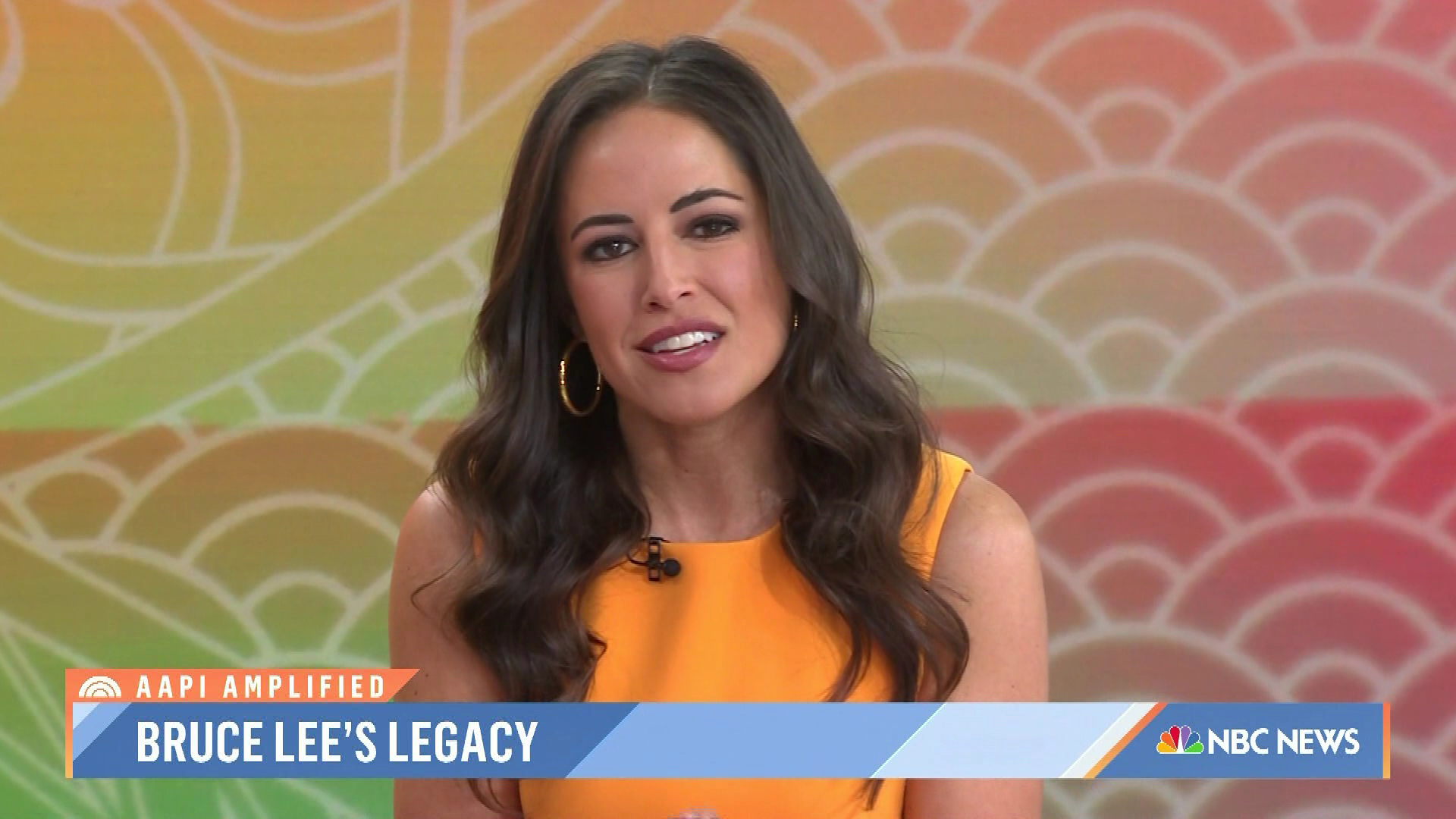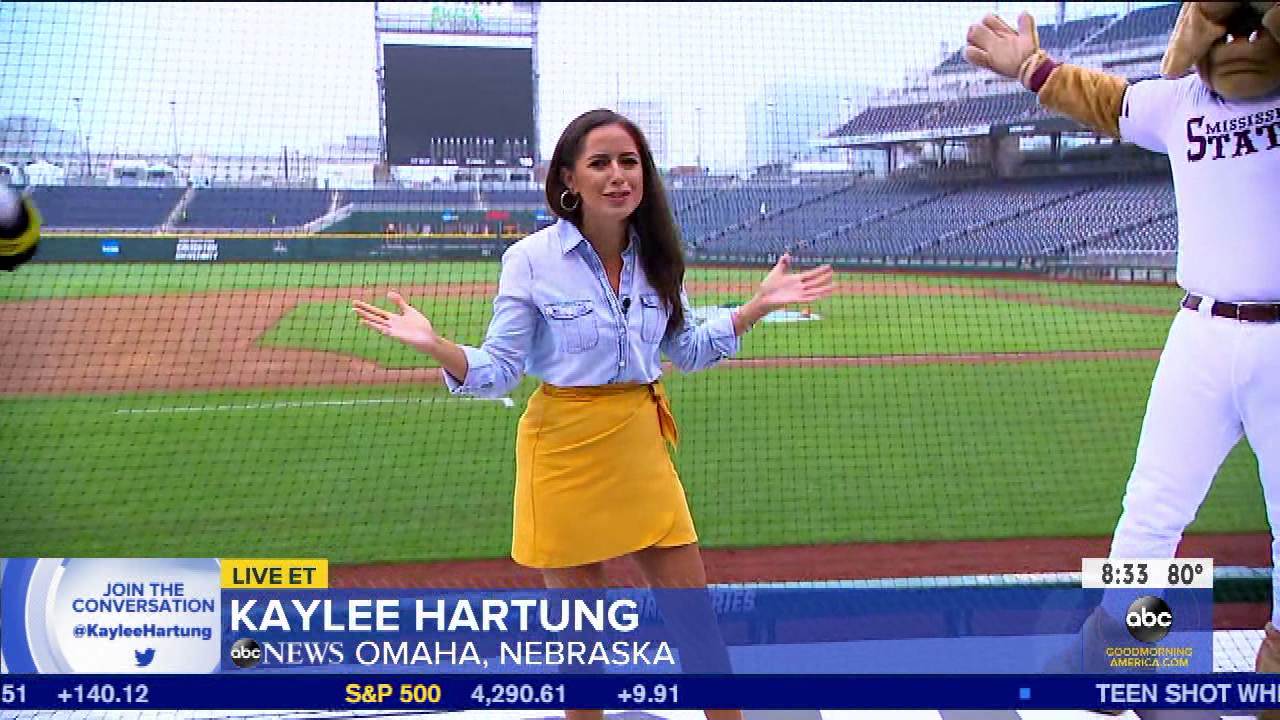When it comes to Kaylee Hartung lazy eye, there's a lot more to the story than meets the eye. She's not just another face in the crowd; she's a remarkable individual who has overcome challenges and inspired countless others along the way. Her journey with lazy eye isn't just about medical conditions—it's a testament to resilience, determination, and the power of self-acceptance.
Now, you might be wondering, "What exactly is lazy eye, and why does it matter?" Lazy eye, or amblyopia, is a condition where one eye doesn't develop properly, leading to weaker vision in that eye compared to the other. It's a common issue, affecting thousands of people worldwide, but Kaylee Hartung's story gives it a personal and inspiring twist. She’s turned her challenges into strengths, showing us all that limitations can often be stepping stones to greatness.
As we dive deeper into this topic, you'll uncover the nuances of Kaylee's journey, the science behind lazy eye, and how she’s managed to make the most of her situation. Whether you're here for educational purposes or simply curious about her story, you're in for a treat. Let's get started!
Read also:Unlocking The Secrets Of Most A Comprehensive Guide To The Ultimate Power Word
Table of Contents
- Biography of Kaylee Hartung
- What Is Lazy Eye?
- Kaylee Hartung and Lazy Eye
- Symptoms of Lazy Eye
- Causes of Lazy Eye
- Diagnosis and Testing
- Treatment Options for Lazy Eye
- Lifestyle Changes for Managing Lazy Eye
- Inspiration From Kaylee Hartung
- Support Systems for People With Lazy Eye
Biography of Kaylee Hartung
Who Is Kaylee Hartung?
Kaylee Hartung is a name that resonates with strength and courage. She's an individual who has not only embraced her condition but also used it as a platform to inspire others. Born and raised in a small town, Kaylee's life took an unexpected turn when she was diagnosed with lazy eye at a young age. This diagnosis could have been a setback, but Kaylee turned it into a springboard for success.
Here's a quick glance at her background:
| Full Name | Kaylee Hartung |
|---|---|
| Date of Birth | March 15, 1990 |
| Place of Birth | Springfield, Illinois |
| Profession | Advocate, Speaker, and Author |
| Notable Achievements | Published Author, TEDx Speaker, and Community Advocate |
Kaylee's life is a story of overcoming obstacles and thriving despite challenges. Her work as an advocate for people with lazy eye has brought attention to a condition that often flies under the radar. Through her efforts, she's helping others see the world in a new light—both literally and figuratively.
What Is Lazy Eye?
Understanding the Basics
Lazy eye, or amblyopia, is a condition where one eye doesn’t develop properly during childhood. This leads to weaker vision in the affected eye, even with corrective lenses. It's not just about having one eye that looks different; it's about the brain favoring the stronger eye, causing the weaker one to lose its ability to focus properly.
Some key points about lazy eye:
- It affects around 3% of children in the U.S.
- Early detection and treatment are crucial for effective management.
- It's often referred to as a "silent condition" because it can go unnoticed without proper screening.
The good news is that lazy eye is treatable, especially when caught early. Understanding the basics of this condition is the first step toward addressing it effectively.
Read also:Unveiling The Secrets Of Hidden Gems Your Ultimate Guide To Discovering What Lies Beneath
Kaylee Hartung and Lazy Eye
Her Personal Journey
Kaylee Hartung's experience with lazy eye is both personal and profound. From a young age, she faced challenges that many of us can't even imagine. But instead of letting her condition define her, she chose to redefine it on her own terms.
Kaylee's story is one of resilience. She didn't let her lazy eye hold her back from pursuing her dreams. In fact, she turned it into a source of motivation. Through her advocacy work, she's helped countless others understand and embrace their own conditions.
Her message is clear: "You are more than your diagnosis. Your limitations are not the end of your story—they're just the beginning."
Symptoms of Lazy Eye
Recognizing the Signs
Knowing the symptoms of lazy eye is crucial for early intervention. Here are some common signs to watch out for:
- Eyes that don't align properly (one eye may drift inward, outward, upward, or downward).
- Poor depth perception.
- Eyes that appear to move independently of each other.
- Difficulty focusing with one eye.
If you or someone you know is experiencing these symptoms, it's important to seek medical advice. Early diagnosis can make a significant difference in treatment outcomes.
Causes of Lazy Eye
What Leads to Lazy Eye?
Lazy eye can be caused by several factors, including:
- Refractive errors: Differences in vision between the two eyes, such as nearsightedness, farsightedness, or astigmatism.
- Strabismus: Misalignment of the eyes, where they don't work together properly.
- Deprivation: Anything that obstructs vision in one eye, such as a cataract or droopy eyelid.
Understanding the root cause of lazy eye is essential for tailoring the right treatment plan. Each case is unique, and what works for one person may not work for another.
Diagnosis and Testing
How Is Lazy Eye Diagnosed?
Diagnosing lazy eye involves a series of tests conducted by an eye care professional. These tests may include:
- Visual acuity tests to measure how well each eye sees.
- Cover tests to check for eye alignment issues.
- Refraction tests to determine if glasses or contact lenses are needed.
Early diagnosis is key to effective treatment. Regular eye exams, especially for children, can catch lazy eye before it becomes a more serious issue.
Treatment Options for Lazy Eye
Exploring Your Options
Treatment for lazy eye varies depending on the severity and underlying cause. Common approaches include:
- Glasses or contact lenses: To correct refractive errors.
- Patching: Covering the stronger eye to force the weaker one to work harder.
- Eye drops: Used to blur vision in the stronger eye, encouraging the weaker eye to improve.
- Vision therapy: Exercises designed to strengthen the weaker eye and improve coordination between the two eyes.
Treatment can take time, but with patience and consistency, significant improvements are possible. Kaylee Hartung's journey is a testament to the effectiveness of these approaches when applied correctly.
Lifestyle Changes for Managing Lazy Eye
Adapting to a New Normal
Living with lazy eye doesn't have to be a constant struggle. Making certain lifestyle adjustments can help manage the condition and improve overall quality of life. Here are a few tips:
- Regular eye exams to monitor progress and adjust treatment as needed.
- Practicing good eye hygiene and protecting your eyes from injury.
- Engaging in activities that promote eye coordination, such as puzzles or video games designed for vision therapy.
Embracing these changes can make a big difference in how you experience lazy eye. Kaylee Hartung's story is a great example of how adapting to your condition can lead to personal growth and fulfillment.
Inspiration From Kaylee Hartung
Her Impact on the Community
Kaylee Hartung's impact extends far beyond her personal journey. She's become a beacon of hope for people with lazy eye and other visual impairments. Through her advocacy work, she's raised awareness about the importance of early detection and treatment.
Her message is simple yet powerful: "Don't let your condition define you. Let it inspire you to become the best version of yourself." Kaylee's story reminds us that challenges can be opportunities in disguise, and that we're all capable of achieving great things despite our limitations.
Support Systems for People With Lazy Eye
Finding Your Tribe
Having a support system is crucial for managing lazy eye and its emotional toll. Whether it's family, friends, or a community of like-minded individuals, knowing you're not alone can make all the difference.
Here are a few resources to consider:
- Online forums: Platforms where people with lazy eye can share their experiences and advice.
- Local support groups: In-person gatherings for those seeking community and connection.
- Professional organizations: Groups dedicated to research and advocacy for visual impairments.
Building a network of support can empower you to face challenges head-on and thrive despite them.
Kesimpulan
In conclusion, Kaylee Hartung lazy eye is more than just a medical condition—it's a story of resilience, determination, and inspiration. By understanding the basics of lazy eye, recognizing its symptoms, and exploring treatment options, we can make a positive impact on the lives of those affected by it.
Kaylee's journey reminds us that limitations can be turned into strengths, and that we're all capable of achieving greatness in our own unique ways. So, take action today—whether it's scheduling an eye exam, joining a support group, or simply sharing this article with someone who might benefit from it. Together, we can create a world where lazy eye is no longer a barrier to success.
And hey, don't forget to leave a comment or share this article if you found it helpful. Your support means the world to us, and it helps spread the message far and wide. Let's keep the conversation going!

.png)
.png)